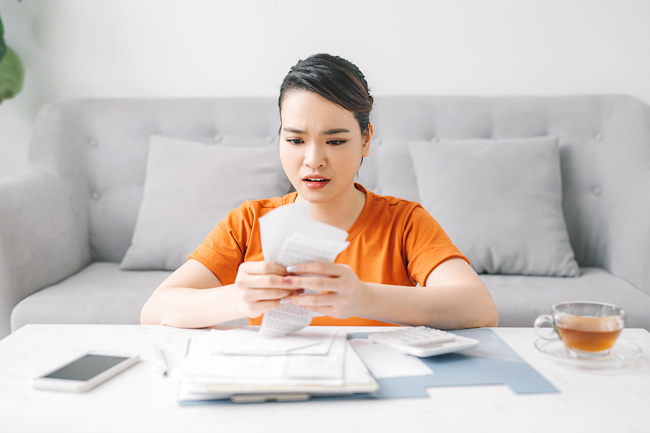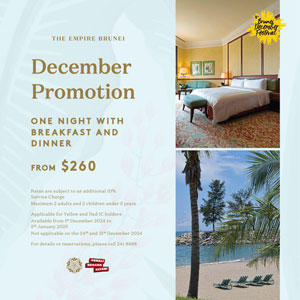AP – The rules of a no-buy challenge are self-imposed and simple: Make a list of the non-essential items you won’t spend money on for a set period of time and stick to it. Easier said than done.
Many people start such challenges at the beginning of the year and commit to keep going until the end of it.
But any time can be the right one for those looking to tackle their credit card debt, declutter their homes or to spend less time shopping. Some challenge participants begin with a no-spend month.
“I commend anyone who realises they’re just buying too much because North America is very consumer-focused and there’s too much waste,” said the Chief Executive Officer of financial coaching company Behavioral Cents Carrie Rattle.
Thinking of what you would be better off living without? These are some recommendations from experts and people already participating in the challenge.
Whether it’s makeup, ordering takeout food or buying unnecessary trinkets in the MYR1 section at the supermarket, knowing your vulnerabilities will help you make a realistic plan for staying on track.
Before starting her no-buy year, a PhD student in Southhampton, England Mia Westrap took a close look at what she spent money on during the previous few months. She decided that unnecessary food and beverages were her weakness.

“I figured out that I was spending four figures on just carbonated drinks and Pepsi Max,” she said.
One of the fun parts of a no-buy challenge is that there are no set rules. Individuals choose what to include and exclude.
San Diego resident Amea Wadsworth, 22, used to love spending hours looking at clothes and quirky knickknacks at Target and Goodwill. But when she moved back home after graduating college, she realised how many things she had accumulated through the years.
“When I have those decluttering moments and I look through all my stuff, I was finding things that I bought and spent a lot of money on and then never ended up wearing,” Wadsworth said.
For her challenge, she chose to not buy new clothing items and prioritised spending on experiences with her loved ones. Wadsworth also started her challenge by doing it month by month.
Writing down the rules that fit your needs may help you stay on track. However, it’s also fine to tweak some of the rules as you move along in your experience.
Finances are very connected to emotions, and emotions sometimes can make you feel like buying something you don’t need. When Wadsworth feels an impulse to get something she saw on social media or at a story, she writes it down instead of immediately purchasing the item.
At the end of the month, she reviews the list and decides what, if anything, still is worth buying.
“I look back and I see how many things I wrote and I’m like ’I’m glad that I didn’t buy that because I really didn’t need it,’” Wadsworth said.
If you impulse buy, it might be helpful to write down the things you want to purchase and take some time to think further about the utility of the item.
Between pop-up promotions and influencers swooning over new merchandise, social media can be a trigger for unnecessary shopping, according to a consumer financial advocate at Credit Karma Courtney Alev.
If you think screen time is compounding your overspending habit, Alev recommends taking a break from following accounts that bring on the urge to pull out a credit card. When Westrap began her no-buy year, she felt like the universe was conspiring against her. Her car broke down one month and the next she received an expensive fine for an overdue parking ticket she was unaware of.
Unexpected expenses or weak moments happen to everyone, and it’s okay if you don’t follow your no-buy year rules exactly as you had planned. The effort matters.
“If you fail, you probably need a bit more help. You are not a failure. You have simply failed at one method,” Rattle said. “And that’s really important because I don’t want people to feel dejected.”
Building a new habit and managing your finances can be difficult. Try to be gentle with yourself in the process.







